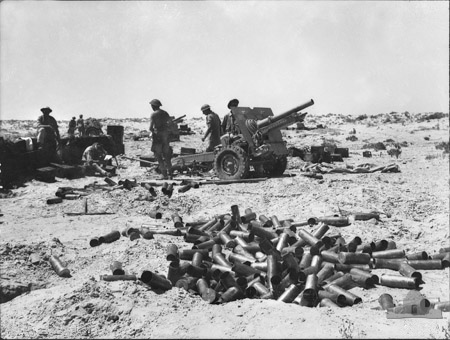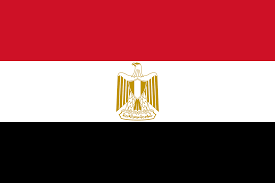Historical Eras

Alexandria and World War
.jpg)
World War I and the 1919 revolution in Alexandria
Under the stern martial law that was imposed on Egypt during World War I (1914-1918), Egypt suffered much as the British drained the country from most of its resources and ruled it in the most martial and military way.
Alexandria witnessed much of the events of the 1919 revolution and demonstrations and marches started off from the Mosque of Abil Abass Elmorsy many times, heading towards the old Municipality building of Alexandria in the Ras Eltin Street. Chants and calls for freedom and independence rose in the air and it was only in the Declaration of February 28, 1922 that the British granted Egyptians some of their demands.
However, pressure on the people of Alexandria continued unabated in the period between World War I and II despite the truce imposed by the British-Egyptian Pact of 1936, which was in fact a preparation for the involvement of Egypt in World War II (1939-1945).

World War II and the Alexandria Protocol
As World War II erupted in 1939, Alexandria became the largest naval base for the British Navy in the Mediterranean and the British started to use Egyptian airports to launch further attacks on their enemies and the road and railroad linking Alexandria with Marsa-Matruh became an important axis for the transport of troops and ammunitions, besides the Desert Road between Alexandria and Cairo.
Both the Italians and Germans subjected Alexandria to several raids because of its key strategic location, killing many innocent civilians, but Alexandria remained a stronghold. At Elalamein, the heavy German attack against Western Egypt was stopped by the allied forces which relied on British support troops and ammunition from Alexandria until the forces capitulated in 1943.
Alexandria also witnessed the birth of the Arab League at the end of World War II when the Chart was signed on October 7, 1944, better known as the “Alexandria Protocol”.

